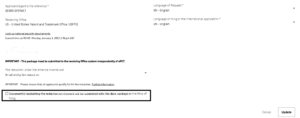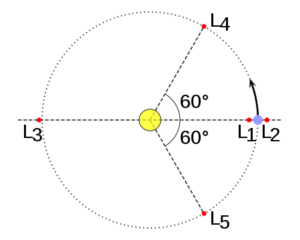Who would like to receive fifteen hours of training on the Patent Cooperation Treaty? In past years this might cost hundreds of dollars to buy a badge to attend an in-person two-day program. In past years you might have to spend money on airplane tickets and two or three nights of hotel rooms. In past years, you would have to go somewhere on an airplane and spend at least two nights in a hotel.
Guess what? The patent firm Schwegman Lundberg Woessner is doing everything to make it possible for you to attend fifteen consecutive webinars about the Patent Cooperation Treaty from the comfort of your home or office. You will not have to pay a penny to attend these webinars. The people of the Schwegman firm are making this available to you free of charge.
But these webinars are consecutive and cumulative. To make sense of webinar number 8, you need to have attended webinars 1 through 7. You need to block out time in your schedule for all fifteen webinars. They are free of charge, but you need to dedicate your time and energy to all fifteen of these webinars. To see the schedule, or to register, click here. I suggest you book these dates and times in your calendar.
You have a choice. You can pass up this unique opportunity, or you can commit to this unique opportunity.
I think you can guess where I am going with this. I suggest you follow through on this unique opportunity.
And by the way if you know anybody who is connected with the Schwegman firm, right now is the time to drop them a note and to say “thank you” to them for providing this opportunity for you.



